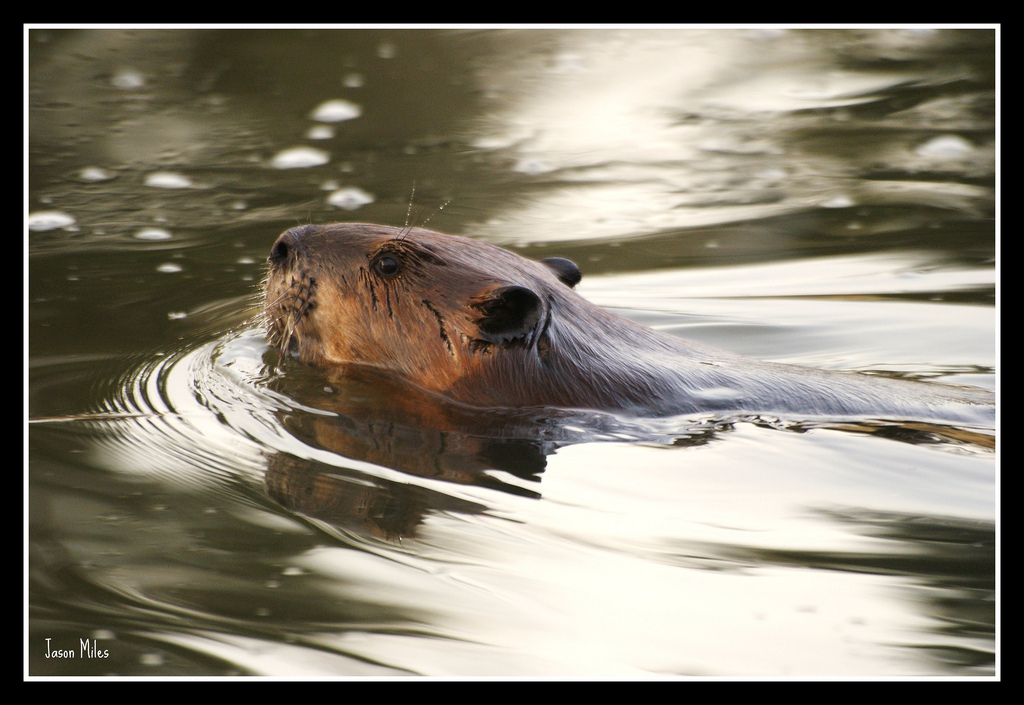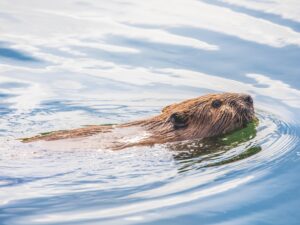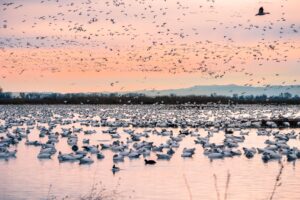Joseph Grinnell was one of California’s preeminent twentieth century zoologists, responsible for a good part of what we know today of the historic ranges of the state’s native fauna. But even Grinnell had blinders — or maybe it was the limitations of an analog world.
Grinnell, and his contemporary naturalist Donald Tappe, thought that beavers had a limited range in California, and never inhabited much of the state’s coastal areas, including the San Francisco Bay Area or the Sierra Nevada mountains.
In the 60-plus years since the two naturalists drew up their beaver range maps, surprisingly little has changed in the state’s official outlook. For the most part, Castor canadensis is considered a non-native pest, and subject to state-permitted removal from backyard streams, or anywhere else people find it inconvenient.
But in a new paper recently published in the scientific journal California Fish and Game, a group of hobbyist and professional ecologists rethink Grinnell and Tappe’s assessment. They’ve compiled evidence from a wide range of digital and paper archives to show that beavers were once prevalent throughout most of California, including the entire San Francisco Bay Area.
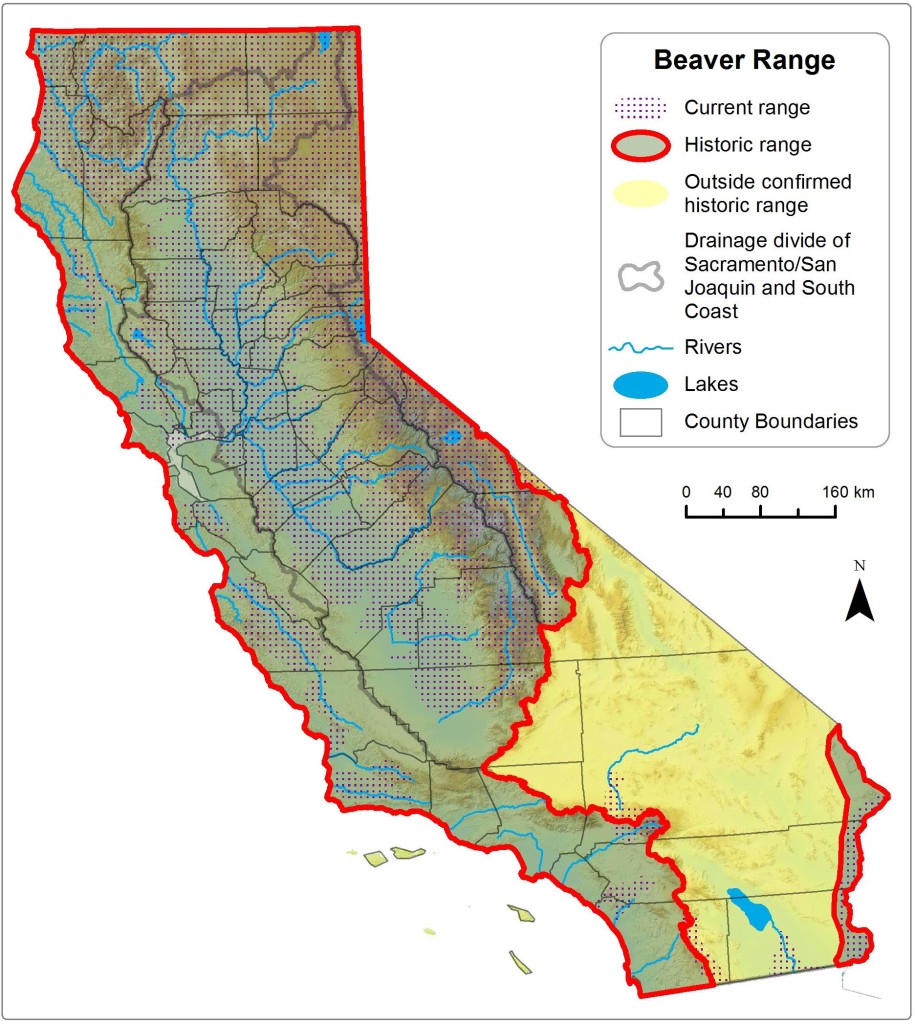
Their findings suggest a different ecosystem prior the arrival of Western settlers, one in which beavers may have been critical to the creation and maintenance of an extensive network of wetlands throughout California that were teeming with life. After all, beavers are renowned “ecosystem engineers,” and wherever they appear so do many other species.
“All of San Jose was a gigantic wetland with tens of thousands of elk and huge flocks of waterfowl that would have darkened the sky. That would have been true for the Marin coast as well,” said one of the paper’s authors, Rick Lanman, a physician by trade who has more than a passing side-interest in the historical ecology of California (Lanman’s son, Chris, a recent high school graduate, was the lead author). “We have the least understanding of any state on what used to live here.”
Including beavers.
Just how California got its natural history wrong all these years has to do with our collective amnesia. Much of our knowledge of California’s ecological past is being reconstructed today, as early records and specimens are being uncovered around the country and the world.
When Grinnell published the definitive Fur Bearing Mammals of California in 1937, mammals such as beaver were long gone, the paper contends.
“Everything had been wiped out 75 to 100 years before Grinnell started writing,” said Lanman. “He’s a great guy, he made tremendous contributions, but he was limited. He didn’t have digital records. You can search from your desktop online now.”
Grinnell and Tappe reasoned that beaver were absent south of the Klamath River watershed because the climate is more arid, and coastal “stream beds are for the most part rocky and steep with but little beaver food growing along them ….” They also excluded the Sierra Nevada above 1,000 feet in the rivers draining into the Central Valley. But this made little sense to Lanman and his colleagues. Beavers have been found in riversheds as arid as the Mojave River, and recently they have been recolonizing many rivers and watersheds in the Bay Area.
“I knew this assumption that beavers were never in the Bay Area was bogus just from life experience. There was a beaver right under I-680 when I would drive home. I knew they were there,” said Heidi Perryman, one of the paper’s authors.
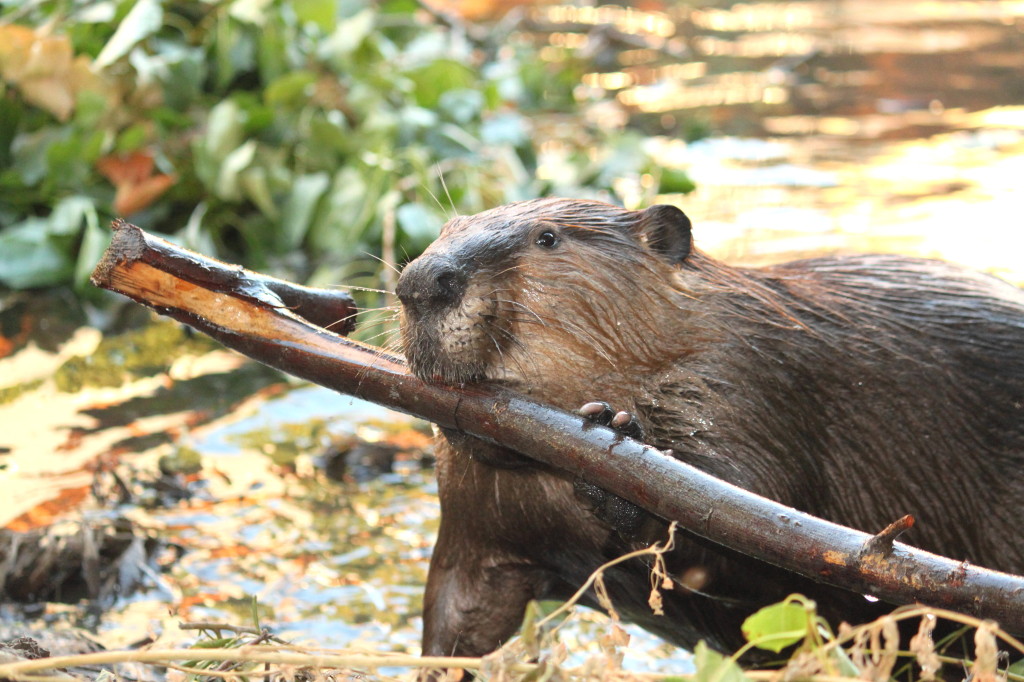
Perryman founded the beaver advocacy group, Worth a Dam, to save from extermination a beaver family that had moved into a highly-visible pond outside a Starbucks coffee shop in downtown Martinez in 2007. City officials thought the beavers were a flood hazard and didn’t belong there. It’s a reaction that beavers get time and again, and is often legitimized with depredation permits. In 2013, the California Department of Fish and Wildlife issued 172 depredation permits, each one allowing the removal of multiple beavers on an individual site.
Perryman said that over the years she’s heard the case against beavers, premised on the notion that they are not native.
“People convince themselves that things weren’t there, or aren’t there anymore,” she said. “This probably has a hint of meaning in beavers.”
If that notion could be disproved, maybe it would change the nature of the debate. In 2012, Perryman, Lanman and Brock Dolman from the Occidental Arts and Ecology Center’s Water Institute wrote their first paper reviewing the evidence for beavers in the Sierra Nevadas.
“We had to step in and address this assumption that beavers are not native, therefore we can consider them to be a danger, a nuisance and then lethal management is justifiable,” said Dolman. Occidental’s Kate Lundquist was also an author on the paper and contributed to the research.
So, they got to work.
The group cast a wide net, searching for specimens in museums and archaeological sites, and examining historical fur-trapping records, historical newspaper accounts, geographic place names, and Native American tribal names for “beaver.” They turned up a treasure-trove of evidence.
Beaver bones are found in many places, including the Emeryville Shellmound, located on historic Temescal Creek, where a beaver tooth was catalogued at AD 300-500, as well as three other beaver bones. A rock painting from the Tule River Indian Reservation in the Sierra Nevada depicts what can only be deemed a beaver, dated at 500-700 years old.

Then there are the place names: Beaver Creek, Beaver Ridge, Beaver Butte, Beaver Flat (Humboldt County), Beaver Point (Mendocino), Beaver Campground (Ventura), Beaver Hollow (San Diego).
Coastal Native American tribes had words for beaver. The Wappo in Sonoma called them “ma’-nah ow’-we,” the Coast Miwok, “kah-ka’,” and the Rumsen Coastanoan in Monterey called them “sur-ris,” among others.
But it’s the historical records the group dug up that tell the fuller story of what happened to California’s beavers. In short, they were trapped out of existence. As the United States was just forming as a nation, the California coastline was an economic free-for-all with American, Spanish, English, and Russian ships sailing in to procure various kind of mammal pelts from the Native American tribes. Sea otters and seals were the primary target, but beaver pelts were desirable too.
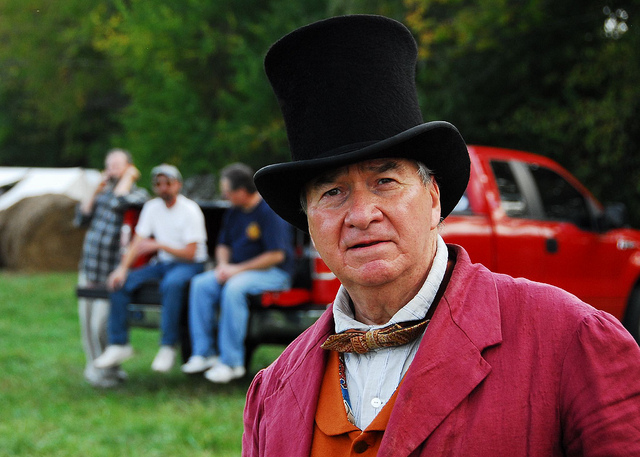
The authors date the start the California fur trade to 1785, just a decade after the Spanish discovery of the San Francisco Bay. Among the references to beavers were ship logs from commercial vessels listing beaver pelts on board. On the ship Albatross: 248 beaver pelts. On the Russian ship Kodiak’s journey back from Bodega Bay in 1809 were otter and beaver skins.
Even further back in time, when the second Anza expedition was sent to found the Presidio in San Francisco, it stopped by the wetlands where the Mission Dolores would soon be established. On June 22, 1776, Father Francisco Palou described that the Native American men covered their shoulders “with sort of a little cape of beaver skins and pelican feathers.” French sea captain August Duhaut-Cilly wrote in 1827 of the Native Americans at Mission Sonoma that “the young men are letting fly their arrows at the beaver.”
The authors argue that the beaver were largely finished off by overland fur trappers. In 1821, the British-owned Hudson’s Bay Company set out from its bases in the Pacific Northwest to search as far south as the Sacramento and San Joaquin valleys with orders to denude the lands of all fur-bearers so that the Americans would “have no inducement to proceed hither.”
In an 1829 progress report on the company’s first fur brigade, Alexander McLeod reported that: “Beaver has become an article of traffic on the Coast as at the Mission of St. Joseph (in Fremont) alone upwards of 1,500 beaver skins were collected from the natives at a trifling value and sold to ships at $3.” In one year, the Hudson’s Bay Company took 4,000 skins from the shores of the San Francisco Bay.
The authors noted that Native Americans would have been able to hunt beaver in mass numbers once maritime fur traders provided them with iron traps and guns, as traders did on the Eastern seaboard. By 1841, the numbers of fur-bearing animals had been so depleted along California’s coast that the Russian American Fur Company sold Fort Ross in Sonoma County just 30 years after its establishment.
Inland beaver populations took longer to exterminate, but they were largely trapped out of existence except for the Sacramento-San Joaquin River Delta, where beaver were able to live largely undetected because of deeper waters. It may be that Grinnell and Trappe limited their analysis of the state’s beaver range to the remaining areas where beaver could still be found at the time of their writings.
“We felt the missing piece was that coastal beavers were never as numerous in numbers (as otters), and a group of native folks set on capturing them wouldn’t have taken long to eradicate them, especially in riparian systems where there is not a lot of room to move,” Dolman said.
It is perhaps because of their longtime absence that beavers are so overlooked as a solution to today’s conservation problems. Need help restoring a wetland, or recharging groundwater? You could bring in a beaver. Does your river dry out for half the year? A family of beavers might fix that. Are you trying to bring back salmon populations, or red-legged frogs? Beavers.
“I’m not OCD on beaver here,” said Dolman. “But they are a tool in the toolbox. They have the capacity to provide a level of service to the ecosystem that is better and more durable and cheaper than we can do.”
In an interesting historical footnote mentioned in the paper, California brought back some beavers to stem erosion from 1923-1950, bumping the statewide population from a dwindling 1,300 in 1942 to 20,000 by 1950. The translocations happened in 58 counties — including Marin, Napa, Contra Costa, Alameda, San Mateo and Santa Cruz — and are thought to be responsible for the beavers that live here today.
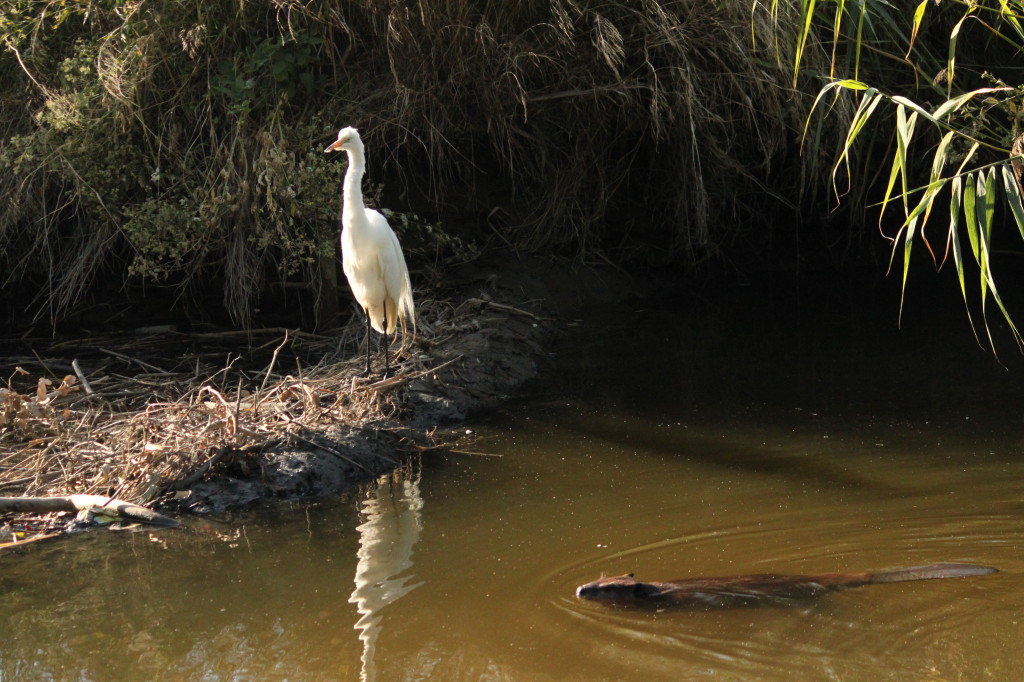
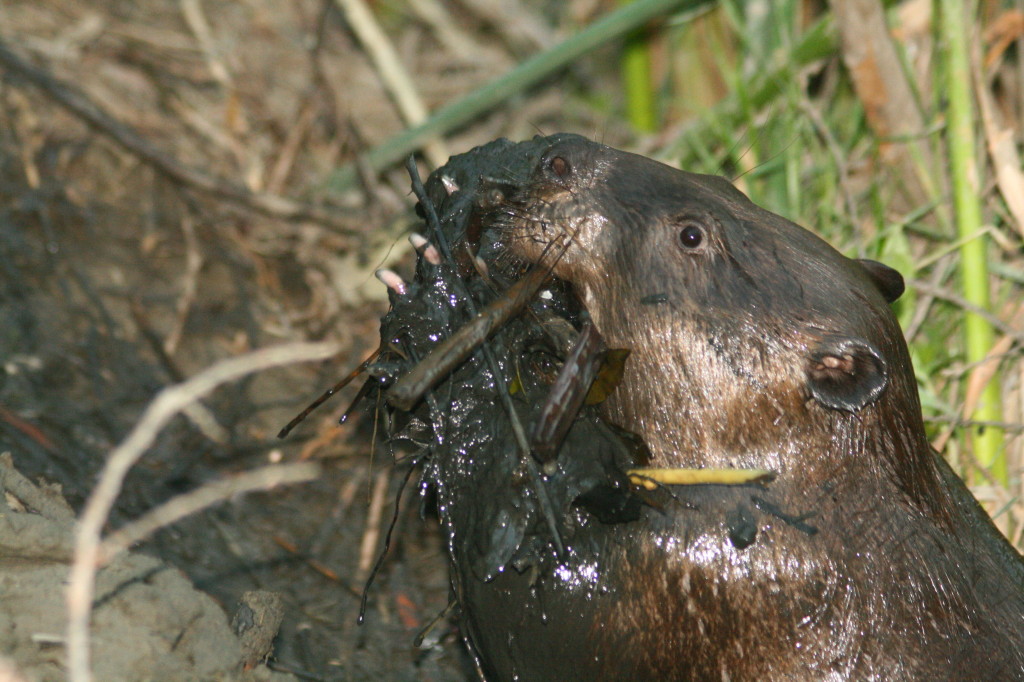
So, it’s not a crazy idea that beavers could be brought in again to help mitigate twenty-first century problems like climate change-induced droughts and water shortages. In southern Utah, the Grand Canyon Trust is reintroducing beaver to 87 creeks and waterways in the national forests.
“I wish people had been talking about [this] when California declared drought this year,” said Perryman. “People need to be thinking about the animal that keeps water on the land as a resource.”
In fact, there’s a growing interest among scientists to do just this. The Nature documentary film series recently produced an hour-long show, “Leave it to Beavers,” about how beavers can revive a landscape.
It may be that beavers’ day may come again to California.

